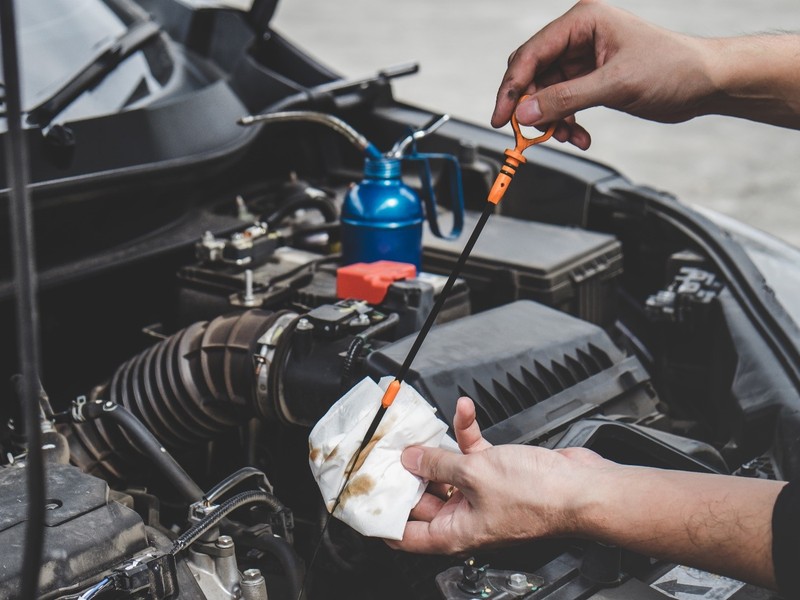The Ultimate Preventative Maintenance Checklist | Midas
Midas Car Care Tips
| Let’s face it, keeping up a regular car maintenance schedule can be a daunting prospect for most Kiwis. We love our cars, and we love to keep them running smoothly, but oftentimes we can let the little things slip through the gaps between car engine inspections. And, even if you are pretty gung-ho about taking care of your wheels, it can be hard to find a comprehensive maintenance checklist aimed at beginners. Luckily, we’re here to help. Car maintenance happens both at home and in the auto shop, and for good reason - unless you’re experienced in mechanics, you may end up doing more harm than good if you try to tackle the big jobs. No worries though, that’s why we’re around. And between those regular services (which should happen every six to twelve months - depending on the age of your car), you can do a lot at home to make sure your car is hitting the tarmac in tip-top condition. Short-Term MaintenanceShort term maintenance should happen every three to six months, depending on how hard you drive your car. Your car tends to work harder when you idle for long periods of time, do a lot of stopping and starting, or if you drive rough terrain frequently. If you do these things a lot, you will most likely want to do these checks every three months. Otherwise, shoot for six. Check and Top-UpEach of the appropriate under-bonnet fluids will be listed in your owner’s manual, so make sure that you check out exactly which fluids are right for your car before you start topping anything up. Using the wrong formula can wreak havoc in the internal machinations of your vehicle, so take your time to get it right. Check each of these for contamination or low-levels, and top-up if necessary. Dipsticks – the things you use to check the oil and fluid levels – will be in a different place in every car, so check your manual. Most work by measuring the oil level against a couple of dots – if the fluid level is between the dots, you’re good. Otherwise, top-up!
Look OverThese are things that you should check for general wear and tear, as problems here can really sneak up on you.
Long Term ChecksOn top of everything listed in the short-term check-ups, you should also look over these next few things every ten to twelve months. If you come to Midas, we can check everything out for you, but regardless it’s good to know how to look after your own car – especially if you’re the kind of person that likes to get their hands a bit dirty! Flush and ReplaceBeyond simply checking and topping up your under-bonnet fluids, you need to occasionally flush out the old and bring in the new. Keep in mind that it can be difficult to dispose of the fluids once you’ve drained them, and you should do that properly – that’s why many people prefer heading to an auto shop for this part.
Wear and TearCheck the following components of your car for any wear and tear. If you encounter any, take the time to find the right kind of replacement. Keep in mind that you might not need to replace these things straight away, but it might pay to go and get the component checked out to see how long you have until replacement day.
Still worried?Not a problem, vehicle services are our gig! Give your local Midas a call and we’ll do our famous Peace of Mind Inspection on your car, checking it from tip to tail for any sign of a problem. Keep your car, and yourself, happy and on the road. |


